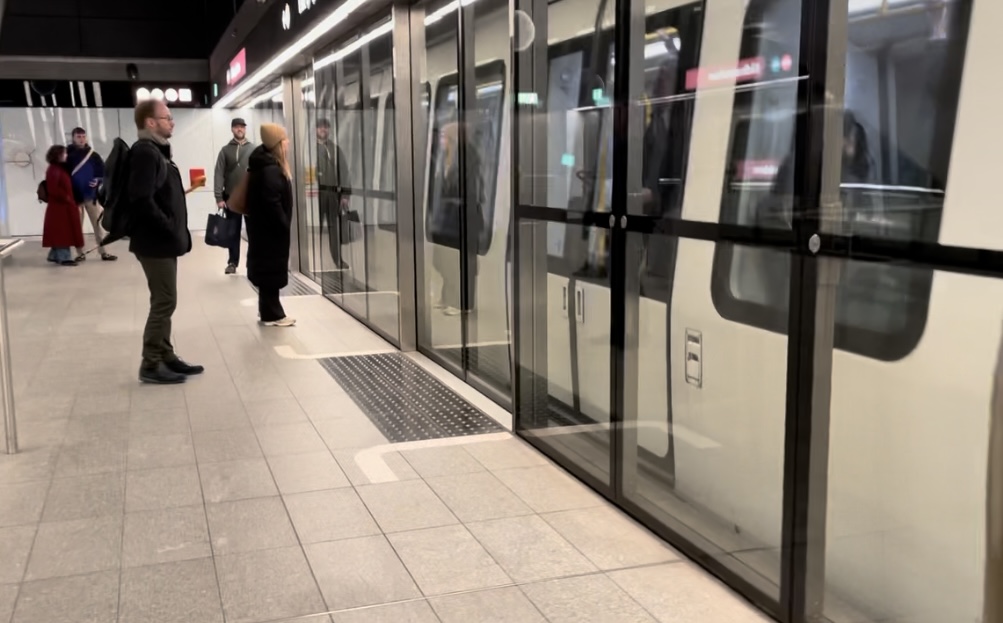
My Guide to Copenhagen’s Public Transportation
When visiting an art store in downtown Copenhagen, the cashier was super interested in what I though about my time in Denmark so far. She asked what I liked the most compared to back home. I quickly replied that I loved the public transportation system, and she seemed really surprised. She didn’t think that Copenhagen’s public transportation was particularly impressive because she was used to it. However, I think that also spoke volumes about how integrated public transit is in the fabric of the city – so much so that people don’t have to think about it and its just convenient enough to be part of the average daily life. Of course, across major European cities, a practical public transportation system is pretty typical, however I am from a small suburb of Detroit, Michigan, and I was amazed by how much more comprehensive and accessible mobility options are. I found that unlike when I live at home, I didn’t need or want a personal vehicle to get around. It is very common to walk, bike, or take public transportation to and from Copenhagen as well as within the city.
DSB is Denmark’s national rail company and run the two main train lines I encountered: Regional trains and S-Trains. The regional trains connect cities all throughout Denmark and the S-Trains are limited to the greater Copenhagen area as a form of “urban rapid transit”. The regional trains have longer distances in between stops, but have amenities like tables, charging ports, and bathrooms. The S-Trains lack those amenities, but have more and closer together stations in the metropolitan area. They also come very frequently – 10 minutes apart on the average weekday. These train lines make commuting to the city super easy.
There are also bus lines running all throughout the country, however I used that option the least. Buses are mostly helpful for going north/south in between suburbs since the trains are limited in that respect or within Copenhagen, like the CityLine bus. I noticed that the buses tend to be less reliable with their timing, but they are scheduled quite frequently.
Copenhagen’s newest addition to their transportation system is two new inner city lines on the mostly underground metro. The stations are marked by their “M” symbol logo and has four lines that operate 24/7 with driverless trains. The metro comes about every 3 minutes, so it is super fast and convenient, and it connects the Copenhagen Airport to downtown. Also, it is quite clean, just like all of the transportation options in Denmark, which can be quite surprisinging compared to U.S counterparts.
The amount of options available to move around Copenhagen are quite impressive and have a mutually beneficial relationship with bikers and walkers in the city. Public transportation was the key to my commute to school everyday, so my program, DIS paid for my commuter card, which paid for unlimited transportation within specific zones. Attendants would occasionally come by to check that everybody has paid, but it is mostly built on trust. The easiest way to purchase tickets is through the DSB app, but there are ticket booths at all train and metro stations. Most locals will have a physical card that they use to check in and out with blue scanners found at every entrance and exit. As I study urban design, it was very interesting for me to experience the suburbs as well as the city and become acquainted with their connection points via public transit. Back home, I will definitely miss the ease of mobility in a more pedestrian-oriented city.

